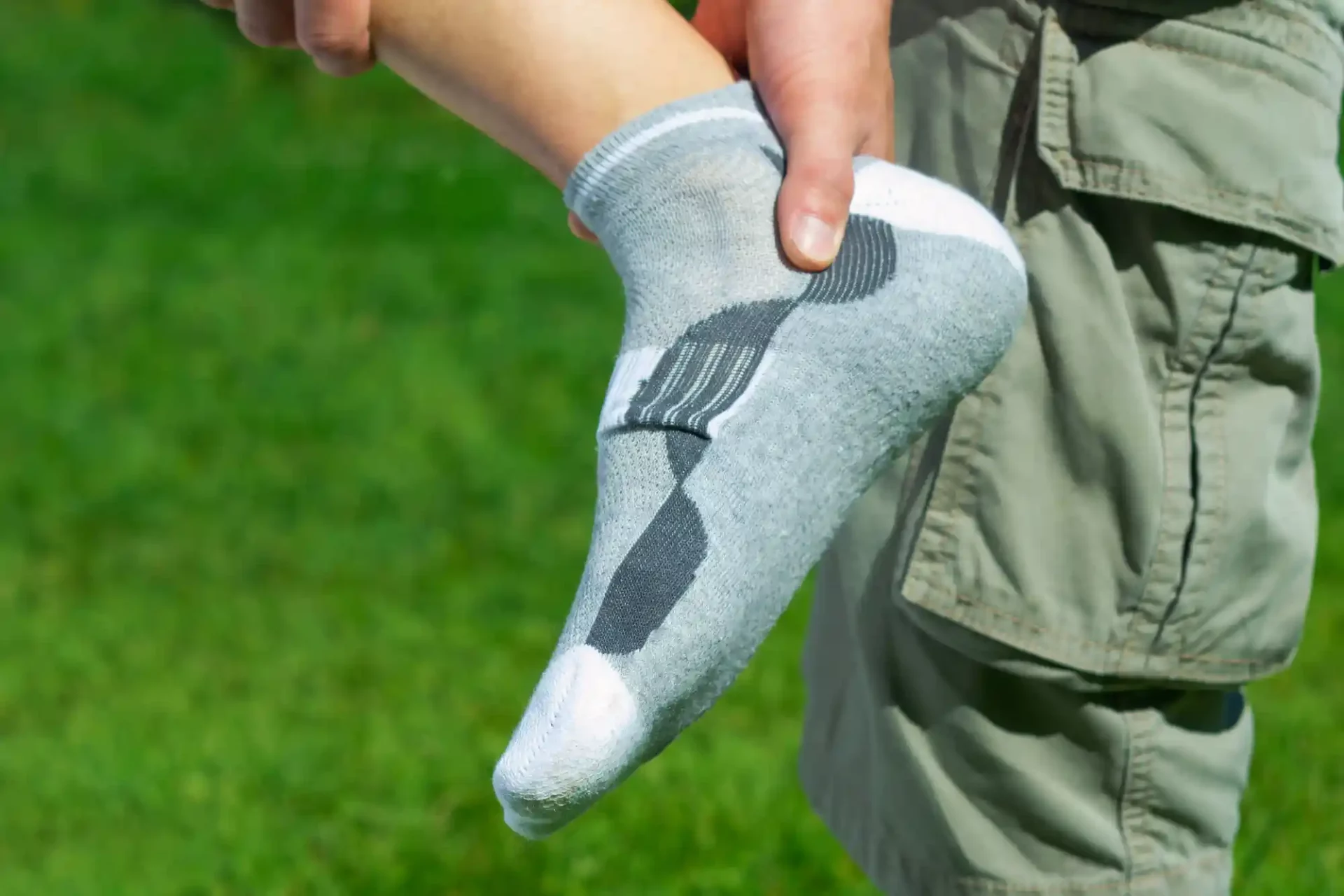Do you have diabetes?
Complications from the disease increase your risk for lower limb amputation. One of the most common complications is a condition called peripheral neuropathy. Neuropathy usually affects your feet, making them prone to injuries.
Diabetic foot ulcers result from not taking proper care of your feet. While there’s no way to totally prevent them, you can minimize the risk of getting one through proper care and wearing the right shoes.
Keep on reading to learn more!
Choose Shoes With the Right Comfort Levels for Diabetics
Shoes with a built-in insole that is breathable and cushioned can alleviate pressure caused by standing or walking. Opt for shoes that have a wide toe box to allow ample space for swelling, and ensure the heel is well-cushioned to prevent bones from rubbing against the rough and hard surface of the shoe.
It is essential that you replace your running shoes periodically, as the cushioning may degrade the more the shoes are worn.
Making Sure Shoes Fit Properly to Avoid Friction
Shoes should be wide enough to allow natural foot movement, and the toes should not rub against the sides of the shoe. Padding for the heel and sole should also be considered for extra comfort. Make sure the toe box has enough room for the toes to move around without bunched-up material, and laces should be adjusted to prevent the foot from slipping.
You can also consider Apex shoes for diabetics to provide extraordinary comfort, contemporary style, and swift relief from foot pain. It is important to take time to buy shoes that are designed for everyday use and have good arch and heel support.
Look for Shoes With Special Features for Diabetics
To avoid such ulcers, buy shoes with special features for diabetics. These features may include cushioning, extra room for toes, and support. Cushioning will help absorb pressure from the foot and prevent the formation of ulcer-causing blisters. Extra room in the toe area will allow feet to move and increase air circulation.
Well-fitted shoes that provide the desired support can help compensate for the patient’s odd gait and alignment. Most importantly, regularly check the insole, and look out for signs of blisters or calluses, which may indicate improperly fitted shoes. With careful selection of the right shoes, diabetic foot ulcers can be avoided.
Keep Feet Dry and Clean With Breathable Shoes
Breathable shoes are essential for keeping feet dry and clean. Look for shoes made with natural, breathable materials that wick away moisture, such as canvas, hemp, or leather. Additionally, the shoe should have some give to it so as to not constrict the foot.
Avoid wearing man-made materials such as plastic, vinyl, or rubber as these materials can cause irritation and sweating of the feet which can lead to infections. Check the length and width of the shoe to ensure it isn’t too big or too small. Poorly fitting shoes can cause blisters, callouses, and buckling which increases the risk of diabetic foot ulcers.
Choose the Right Shoes for Diabetic Foot Ulcers Today
The right shoes are an effective tool in avoiding diabetic foot ulcers. Those with diabetes can maintain the health of their feet and avoid the pain of foot ulcers. So why not start taking steps today to avoid this fate?
Choose a shoe that is specifically designed for diabetes and take advantage of its benefits!
Did you find this article helpful? Check out more of our blogs!
